DC Solar Panel Wiring:
This circuit Diagram shows how to make dc solar panel wiring. In this circuit, we use a total of four solar panel boards, a solar charge controller, a 12V battery, an inverter, 3 main switch boxes, etc. This diagram is very simple to make. If you want to know more details about this circuit diagram, please check our youtube video for proper connection-making. If you like our article, please share this article with your social media friends.
Advertisements
Components needed For this Project:
You can get the components from any of the sites below:
- Solar Panel 100W [See Buy Click Amazon]
- Solar Panel Charge Controller [See Buy Click Amazon]
- 12V Battery[See Buy Click Amazon]
- IPS System 3KW [See Buy Click Amazon]
- Main Switch [See Buy Click Amazon]
*Please note: These are affiliate links. I may make a commission if you buy the components through these links. I would appreciate your support in this way!
Advertisements
Components used to make the DC Solar Panel Wiring:
A solar Panel is a Device That Converts Light From the Sun, Which is Composed of Particles of Energy Called, into Electricity that can be Used to Power Electrical Loads. Solar panels Collect Clean Renewable Energy in the Form of Sunlight and Convert that Lamp into Electricity Which can Then be Used to Provide Power for Electrical Loads. Solar Panels Are Comprised of Several Individual Solar Cells Which are Composed of Layers of Silicon, which provides the negative charge, and boron. Solar Panels Absorb the Photons And in Doing so Initiate an Electric Current.
02. Solar Charge Controller:
A solar Charge Controller is an Electronic Device That Manages the Power Going into the Battery Bank from the Solar Array. It Ensures That the Deep cycle Batteries are not Overcharged During the day and That the power doesn’t run back to the Solar Panels overnight and Drain the batteries. A Solar Charge Controller Manages the Power Going into the Battery Bank From the Solar Array. Some Charge Controllers are Available with Additional Capabilities, load Control, and Lighting, but Managing the power is its Primary Job. A Solar Charge Controller is Available in two Different Technologies, PWM and MPPT.
A 12V Battery is Available As a Non-Rechargeable Alkaline Battery Or In Rechargeable Forms. This Battery is Often Used in Various Outdoor Applications that Require Greater Amounts of Energy in Order to Operate as Desired. 12V Battery is a Name Given to a Unique Style of Battery, but its Voltage is More Than 12 Volts. In Such Cases Where a 12V Portable Battery is Used to Replace an onboard 12-volt Battery, It Is Usually Lighter Than a Standard Version. This is Because It is more likely to be Transported Between Uses and Consumers Will Not Choose to Carry a Large, Bulky Battery. A Portable 12V Battery is Usually Sealed in a case so That it is Waterproof.
04. Inverter:
An inverter is an Electrical device that converts DC current into alternating current (AC) at any voltage and frequency system that can be operated through suitable Transformers, switches, and control circuits. Inverters have no moving parts and are used in a wide range of applications, including high-voltage DC applications in electrical utilities that provide large amounts of power. Inverters are Commonly used to supply AC Power from DC Sources such as Solar Panels or Electric Batteries.
The Main Switch is Connected to the live and Neutral Wires. It is Used to Cut the Connections of the Live Wire as well as the Neutral Wire Simultaneously from the Main Supply. The main switch Isolates the Electrical supply from the whole installation so that it can be turned off for Servicing or Maintenance. It also provides overload protection for the mains cables (on newer switchboards) so that they will trip if the cable is Drawing too Much Power.
Thank You for visiting the website. Keep visiting for more Updates.
Read more Solar System Wiring
Electrical inverter house wiring
Electrical inverter house wiring: This diagram shows how to make Electrical inverter house wiring. In this circuit, we...
Solar panel wiring using Two charger controllers
Solar panel wiring using Two charger controllers: This diagram shows how to make Solar panel wiring using Two charger...
Solar Panel Wiring Connection In House
Solar Panel Wiring Connection In-House: This diagram shows how to make Solar Panel Wiring Connection In House. In this...
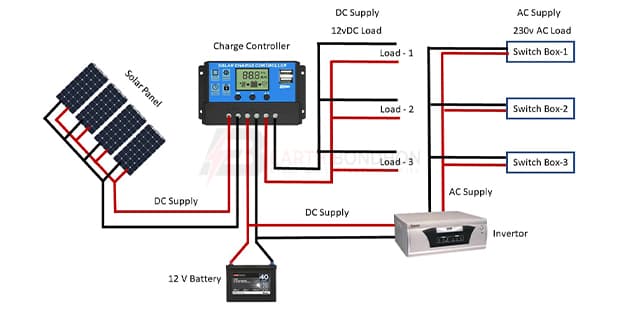
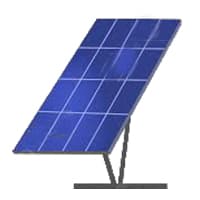

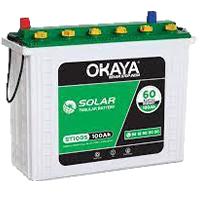
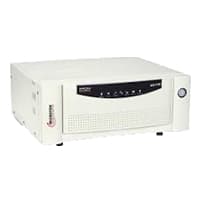
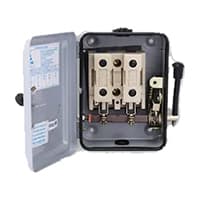
0 Comments